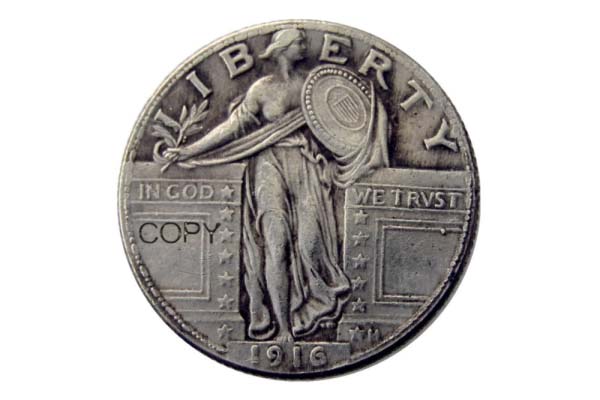
I still remember holding my first Chinese silver dollar - a 1914 Yuan Shikai coin passed down from my grandfather. This experience drives my 12-year journey at INIMAKER® crafting metal collectibles. Let's explore China's silver coin history and modern realities.
While China stopped regular silver coin production in 1935, modern commemorative issues like Panda coins contain 99.9% pure silver. Actual circulating coins now use nickel-plated steel or brass alloys.
China's silver coin history reflects economic evolution. From imperial dragon dollars to modern collectibles, silver content tells stories of trade wars and metallurgical advances. As a manufacturer serving global collectors, I'll clarify common misconceptions through historical records and current mint specifications.
When Did China Stop Making Silver Coins?
Silver coins dominated Chinese commerce for centuries until dramatic changes. The last general-circulation silver dollars were minted in 1935 during the Nationalist government's currency reform.
China officially discontinued silver currency1 in November 1935 with the Fabi legal tender reform2, replacing silver dollars with paper money and nickel coins.
The Complex Transition Away from Silver
Three key factors ended China's silver standard:
| Year | Event | Impact on Silver Coins |
|---|---|---|
| 1929 | Great Depression | Global silver prices dropped 50% |
| 1934 | US Silver Purchase Act | China lost 60% silver reserves |
| 1935 | Fabi Reform | Immediate demonetization |
The 1934 US policy caused silver smuggling worth $200M monthly from Shanghai. I've handled coins melted during this chaos - their uneven edges show rushed illegal smelting.
Our factory's historical reproduction coins for museums require strict documentation. For example, when replicating 1933 Sun Yat-sen dollars, we use:
- XRF scanners to verify 88% silver content
- Original press tonnage (1800kN) for authentic strike marks
How Much Silver Is in a Chinese Panda Coin?
Modern Chinese Panda coins3 set the global standard for silver collectibles. The 1oz .999 fine silver Panda has been minted annually since 1983.
Current Chinese Panda coins contain 99.9% pure silver, with 30g/1oz and 150g/5oz options. Special editions may add gold plating or color finishes.
Modern Silver Content Standards
The China Banknote Printing and Minting Corporation (CBPMC) maintains strict controls:
-
Material Sourcing
Silver comes from state-owned mines like Zijin (Fujian Province), with batch tracking via blockchain. -
Production Process
Coins undergo three purification stages:- Electrolytic refining (removes 99.99% impurities)
- Vacuum casting
- Cold striking at -20°C for sharper details
-
Verification Methods
- CBPMC uses neutron activation analysis
- International certifications (e.g., NGC) apply X-ray fluorescence
We apply similar quality controls at INIMAKER®. Our military clients like Sarah Johnson require:
- 3D thickness mapping of plating layers
- ISO 17025-accredited lab reports
Trusted Solutions for Silver-Inspired Collectibles
While authentic silver coins require government mint partnerships, INIMAKER® offers accessible alternatives for educators and hobbyists. Our dual-plated zinc alloy coins replicate silver's luster without precious metal costs.
Why Professionals Choose Our Replicas:

Technical Advantages
-
ColorLock™ Technology
Prevents tarnish for 10+ years through nano-ceramic sealing -
Customization Flexibility
Combine silver finishes with:- Enamel colors
- Edge lettering
- RFID/NFC chip integration
Successful Implementations
-
British Museum Workshop Coins
Produced 5,000 Tudor rose replicas with:- 5µm silver plating
- Patina aging options
- Multi-language description engraving
-
US High School History Kits
Supplied 20,000 interactive coins featuring:- QR codes linking to historical videos
- Scratch-reveal alloy layers
Conclusion
China's silver coin legacy continues through collectibles, not circulation currency. Modern technologies allow accessible, durable alternatives for education and collecting. At INIMAKER®, we bridge historical authenticity with manufacturing innovation.
-
Learn about the historical context and implications of China's transition away from silver currency, a significant event in economic history. ↩
-
Discover the details of the Fabi legal tender reform, which marked a pivotal change in China's monetary system and its impact on silver coins. ↩
-
Explore the specifications and history of Chinese Panda coins, which are renowned for their purity and design, making them a favorite among collectors. ↩











